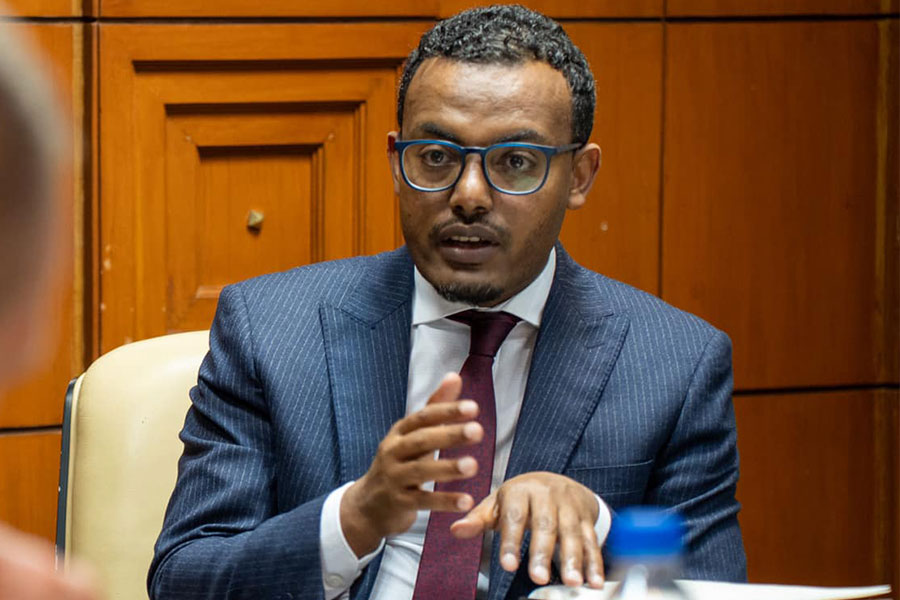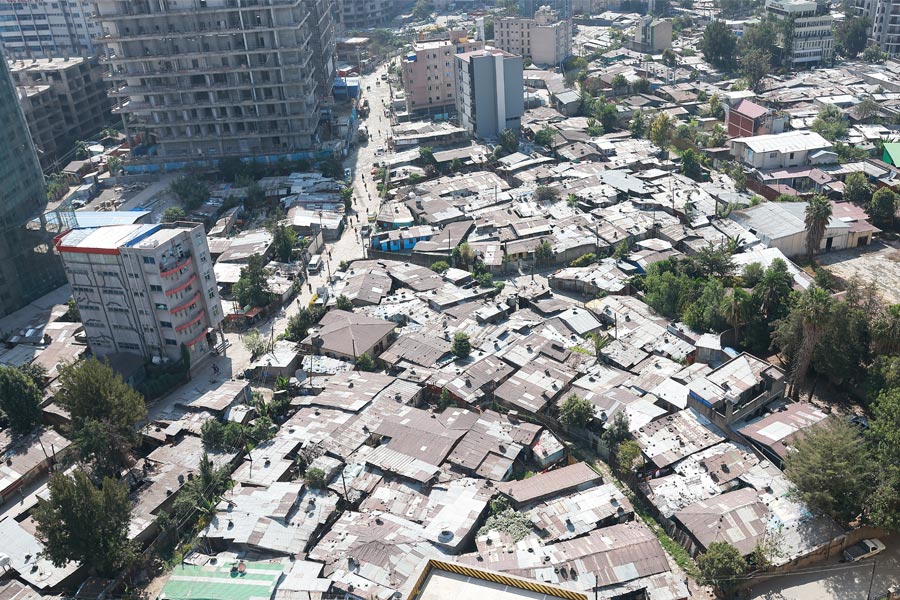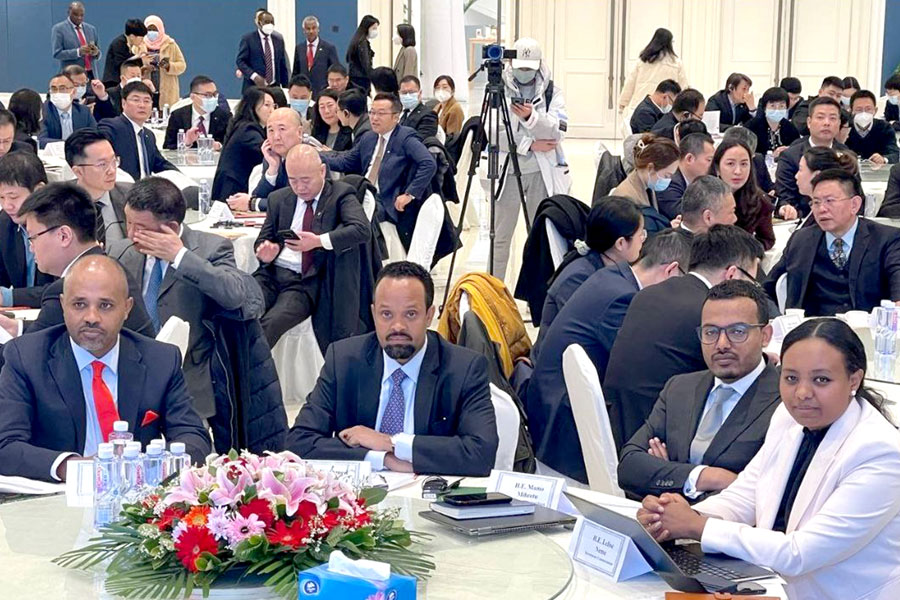
Viewpoints | Oct 31,2020
For weeks, stories and photos coming out of the Somali and Oromia regional states have revealed a growing humanitarian crisis of a magnitude unseen for decades. Cattle have been pictured with their bones poking out and hundreds of thousands displaced seeking nourishment. In the Somali Regional State, where the crisis hit hard, 1.4 million heads of livestock have been lost, dealing a severe blow to the livelihoods of pastoralist households. The lives of 3.2 million people are at risk. A similar calamity also haunts the southeastern parts of Oromia, where malnutrition cases are doubling. The culprit is a drought – unlike in the northern part of the country, where the ongoing crisis is largely manmade. It is hitting a part of the country that is already semi-arid, primarily supporting pastoralists. Drought is not new to the area, but it has not been this bad in four decades, according to United Nations Office for the Coordination of Humanitarian Affairs (UN-OCHA).
“Ethiopia is experiencing a prolonged drought with three poor rainy seasons in a row," said the UN agency. Communities in six zones of Somali, four zones of Oromia and one zone of southern regional state have been severely impacted, according to UN-OCHA.
They need urgent humanitarian relief assistance, the UN urged. The federal government, the regional states and humanitarian agencies are scrambling after the fact. In response to the drought, the Somali and Oromia regional governments have eked out 200 million Br and half a billion Birr, respectively. Neighbouring governments and administrations have also been chipping in. The Addis Abeba City Administration recently made an in-kind contribution of 50 million Br to drought-affected people in the Guji Zone of the Oromia Regional State.
Federal officials have appealed to donors and international aid organisations. While the World Food Programme (WFP) supplied 1.1 million quintals of food aid, the federal government says this is still a million short. A shortfall in funding leaves millions in precarious situations. Experts believe that if the drought continues to become more stubborn in the semi-arid areas, the long-term solution may be resettlement programmes, a consideration with significant socio-political implications for decades to come.
You can read the full story here
PUBLISHED ON
Jan 29,2022 [ VOL
22 , NO
1135]

Viewpoints | Oct 31,2020

Fortune News | Oct 13,2024

Radar | Oct 01,2022

Fortune News | Nov 25,2023

Radar | Sep 24,2022

Fortune News | Jun 10,2023

Fortune News | Mar 25,2023

Fortune News | Jan 13,2024

Radar | Jun 17,2023

Viewpoints | May 24,2025

Dec 22 , 2024 . By TIZITA SHEWAFERAW
Charged with transforming colossal state-owned enterprises into modern and competitiv...

Aug 18 , 2024 . By AKSAH ITALO
Although predictable Yonas Zerihun's job in the ride-hailing service is not immune to...

Jul 28 , 2024 . By TIZITA SHEWAFERAW
Unhabitual, perhaps too many, Samuel Gebreyohannes, 38, used to occasionally enjoy a couple of beers at breakfast. However, he recently swit...

Jul 13 , 2024 . By AKSAH ITALO
Investors who rely on tractors, trucks, and field vehicles for commuting, transporting commodities, and f...

Jul 5 , 2025
Six years ago, Ethiopia was the darling of international liberal commentators. A year...

Jun 28 , 2025
Meseret Damtie, the assertive auditor general, has never been shy about naming names...

Jun 21 , 2025
A well-worn adage says, “Budget is not destiny, but it is direction.” Examining t...

Jun 14 , 2025
Yet again, the Horn of Africa is bracing for trouble. A region already frayed by wars...